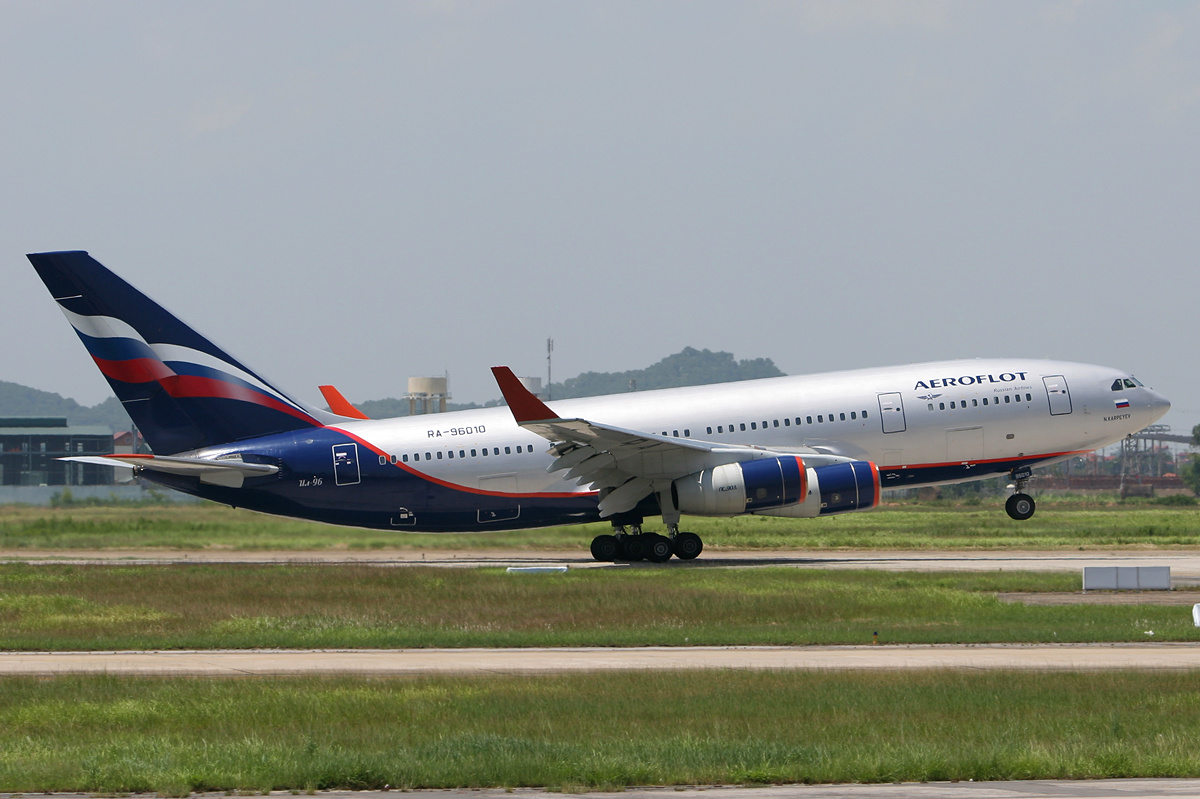Rotation (aviation) on:
[Wikipedia]
[Google]
[Amazon]
 In aviation, rotation refers to the action of applying back pressure to a control device, such as a
In aviation, rotation refers to the action of applying back pressure to a control device, such as a
 In aviation, rotation refers to the action of applying back pressure to a control device, such as a
In aviation, rotation refers to the action of applying back pressure to a control device, such as a yoke
A yoke is a wooden beam used between a pair of oxen or other animals to enable them to pull together on a load when working in pairs, as oxen usually do; some yokes are fitted to individual animals. There are several types of yoke, used in dif ...
, side-stick
A side-stick or sidestick controller is an aircraft control stick that is located on the side console of the pilot, usually on the righthand side, or outboard on a two-seat flightdeck. Typically this is found in aircraft that are equipped with ...
or centre stick, to lift the nose wheel off the ground during takeoff
Takeoff is the phase of flight in which an aerospace vehicle leaves the ground and becomes airborne. For aircraft traveling vertically, this is known as liftoff.
For aircraft that take off horizontally, this usually involves starting with a tr ...
. An aircraft moves at any given moment in one or more of three axes: roll (the axis that runs the length of the fuselage), pitch (the axis running laterally through the wings), and yaw (the vertical axis around which the front of the aircraft turns to the left or right whilst its rear turns toward the opposite direction). Displacement along any of these axes is a form of rotation, but the term "rotation" in relation to takeoff is limited to the moment during which the aircraft's nose rises from the ground: the aircraft rotates around its lateral axis.
The first critical speed during takeoff (at which a pilot must decide whether to continue with takeoff or abort it) is called the "decision speed", or V1, beyond which it would be unsafe to abort the takeoff. Rotation is begun at the speed known as VR. Rotation at the correct speed and to the correct angle is important for safety reasons and to minimise takeoff distance. After rotation, the aircraft continues to accelerate until it reaches its liftoff speed VLO, at which point it leaves the runway
In aviation, a runway is an elongated, rectangular surface designed for the landing and takeoff of an aircraft. Runways may be a human-made surface (often asphalt concrete, asphalt, concrete, or a mixture of both) or a natural surface (sod, ...
. After liftoff, a speed V2 will be called out, being the speed at which the aircraft is able to climb at a sufficient rate to reach its cruising altitude, and therefore at which the gear will be retracted. Early or over-rotation can cause a tailstrike
In aviation, a tailstrike or tail strike occurs when the tail or empennage of an aircraft strikes the ground or other stationary object. This can happen with a fixed-wing aircraft with tricycle undercarriage, in both takeoff where the pilot r ...
, which can damage the underside of the tail unless prevented by a protection device such as a tailskid or tail bumper. A certification test is required to show that a new aircraft design will still take off safely with the tail dragging on the runway. Using a higher VR will increase tail clearance and reduce the probability of tailstrike. Over-rotation can also result in loss of lift, causing a stall.
Description
Rotation applies to tricycle gear aircraft rather than those with conventional gear (tailwheel aircraft). The on-ground angle of attack of the wing has to be established during the design phase. The main and nose-gear leg lengths are chosen to give a negative angle of attack relative to the ground. This ensures the wing will have negative lift until thepilot
An aircraft pilot or aviator is a person who controls the flight of an aircraft by operating its Aircraft flight control system, directional flight controls. Some other aircrew, aircrew members, such as navigators or flight engineers, are al ...
rotates the aircraft to a positive angle of attack. During landing, the reverse happens when the nose-wheel touches the runway and the wing assumes a negative angle of attack with no lift.
For aircraft with a tailwheel, the pilot initially pushes forward on the yoke during the takeoff run, lifting the tailwheel off the runway, and the aircraft lifts off the runway once sufficient speed is achieved.
References
Flight phases {{Aviation-stub